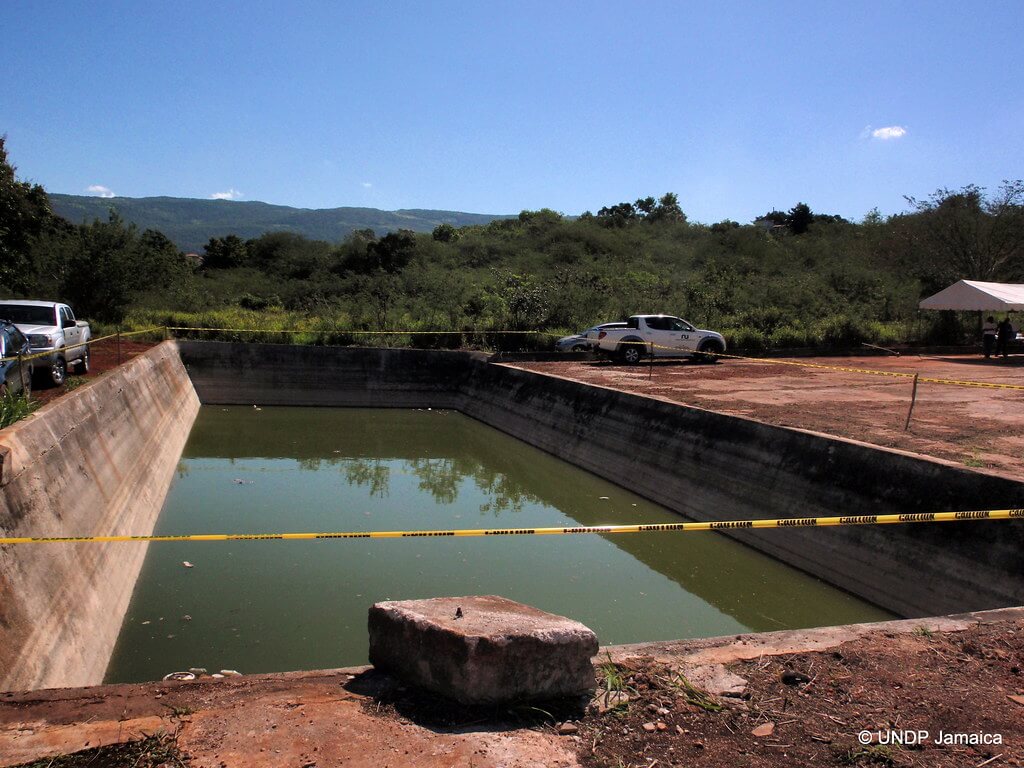Rainwater catchment areas are an important part of the water cycle, allowing for the collection and reuse of rainwater. As global population increases, so does the demand for clean drinking water. This has led to a need for increased innovation in terms of ways to improve existing rainwater catchment systems as well as develop new ones. This article outlines various creative solutions that can be employed to increase available rainwater catchment areas.
The first section of this paper will focus on improving existing catchment systems by making modifications such as increasing the capacity or efficiency of existing structures. The second section will discuss creating new catchment areas through techniques such as constructing additional reservoirs and utilizing underground storage systems. Finally, the third section will describe various methods used in rainwater harvesting that could also be employed to increase overall collection area. Through these approaches, it is possible to create more efficient and effective ways to collect and store rainwater for future use.
Improving Existing Systems
The improvement of existing rainwater catchment systems is necessary for increasing the efficiency of collecting and storing water. To this end, many strategies have been implemented to improve the effectiveness of these systems, such as installing additional filters to reduce sediment buildup, replacing outdated materials with more durable options, and introducing new technologies that allow for greater accuracy in rainfall measurements. Ultimately, these improvements can lead to a better understanding of water availability and help create more efficient ways of using rainwater. Additionally, modernizing existing infrastructure can also reduce maintenance costs while improving overall safety standards. Through these changes, it is possible to maximize the amount of water collected from each rain event and ensure its safe storage for later use.
Creating New Catchment Areas
Exploring the potential for new catchment areas can offer a viable approach to augmenting water availability. This approach consists of creating small-scale reservoirs in natural catchment systems, such as creeks and streams, or man-made ones by building dams and other structures. These can collect runoff from rainfall, harvesting it for later use. For example, the construction of embankments on riverbanks could be used to create a larger reservoir area that captures more water during flooding events. Additionally, utilizing permeable surfaces such as gravel or stones in parking lots can reduce runoff while also replenishing aquifers with groundwater recharge.
| Advantages | Disadvantages |
|---|---|
| Increased water availability | Expensive to build & maintain |
| Reduced runoff & groundwater recharging capability | Potential disruption of wildlife habitats |
| Improved quality of life | Risk of flood damage downstream |
Utilizing Rainwater Harvesting Techniques
Utilizing rainwater harvesting techniques can provide an alternative approach to augmenting water availability. Rainwater harvesting involves the collection and storage of rainfall in order to use it later for various purposes. It is usually done using tanks or cisterns, which capture rain runoff from rooftops, land surfaces, or rock catchments. This collected water can be used directly for non-potable applications such as irrigation and flushing toilets, or it can be further treated and stored for potable uses. In addition to providing a reliable source of water during periods of drought, rainwater harvesting also reduces stormwater runoff pollution by reducing the amount of contaminants entering local waterways. Furthermore, employing efficient drip irrigation systems with harvested rainwater provides additional water savings compared to traditional flood irrigation techniques. Thus, utilizing these methods can help increase the effectiveness of existing catchment areas while also providing environmental benefits that are beneficial to all stakeholders involved.
Conclusion
Rainwater catchment can be an effective way to reduce reliance on other water sources. To increase the effectiveness of existing systems, they should be maintained and upgraded when necessary. Additionally, new catchment areas can be created by utilizing techniques such as rooftop harvesting or constructing storage tanks. By using these strategies, a greater amount of rainwater can be stored and used for various purposes. Finally, the use of rainwater catchment is an important factor in protecting local ecosystems and creating a sustainable environment. It is important that these methods are implemented in order to ensure a secure source of water for future generations.

